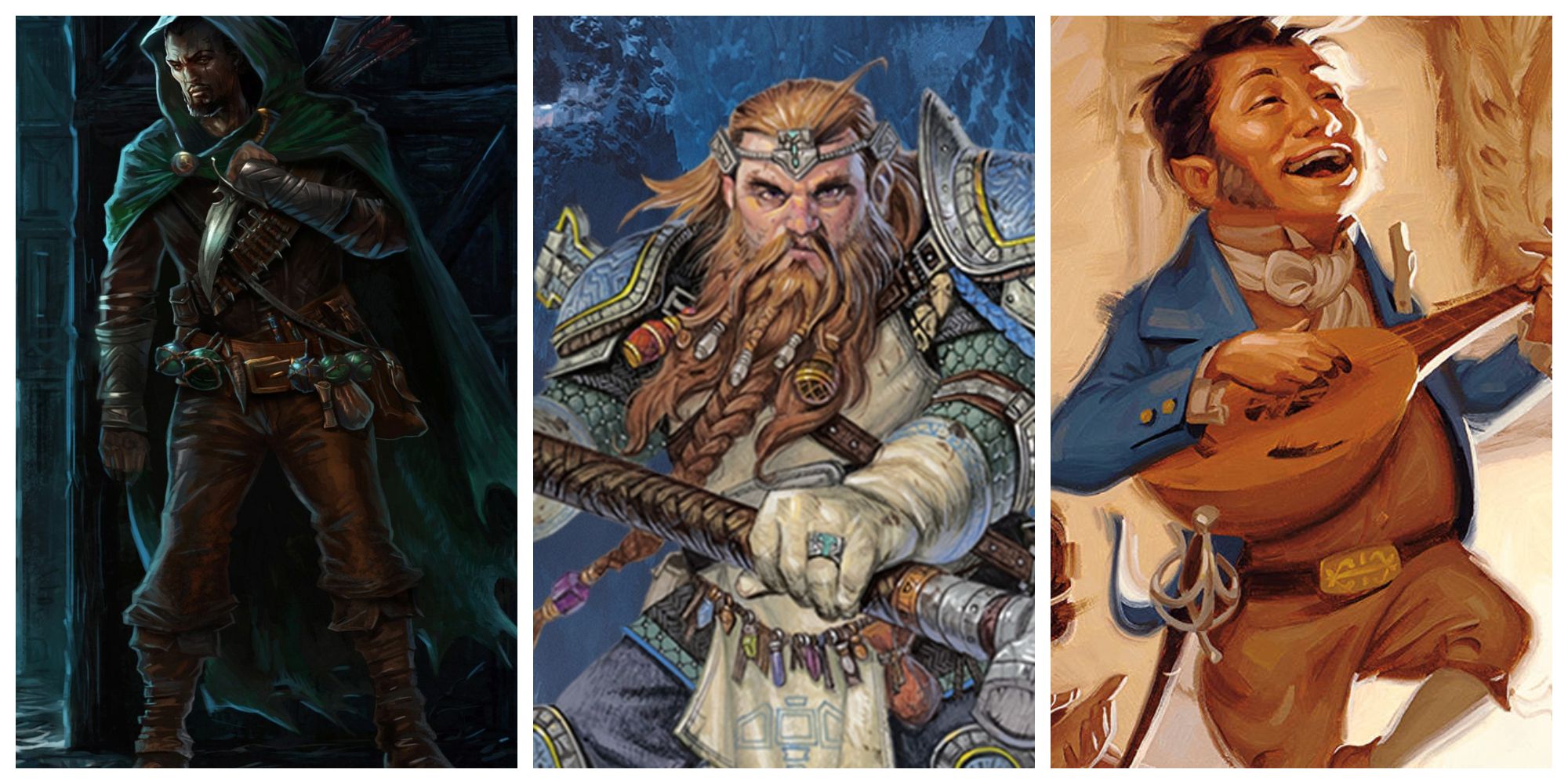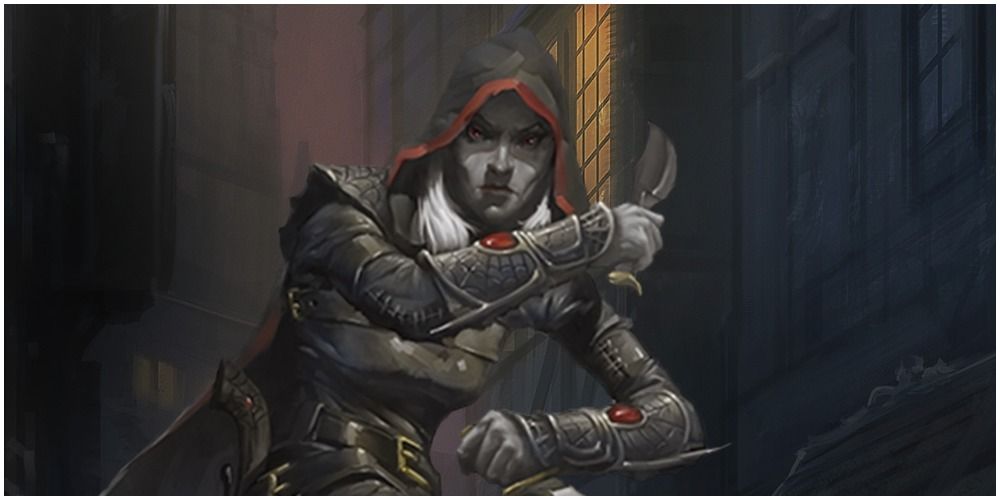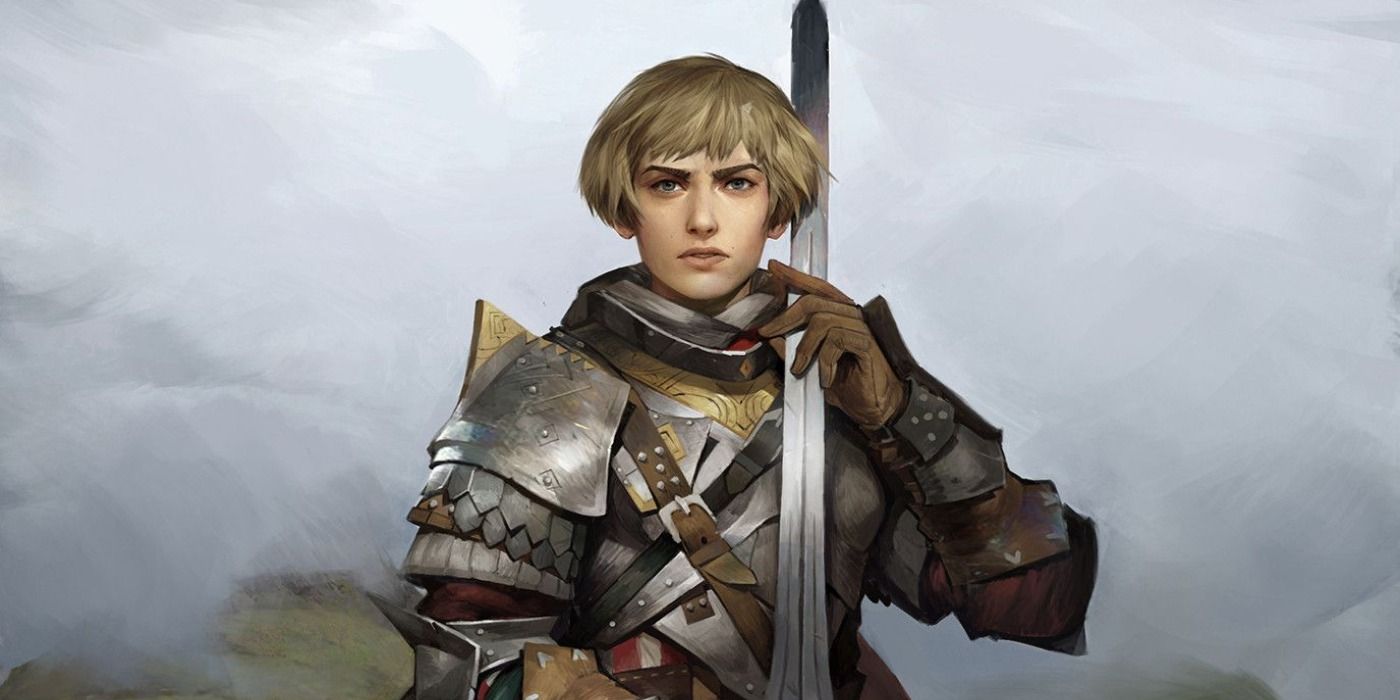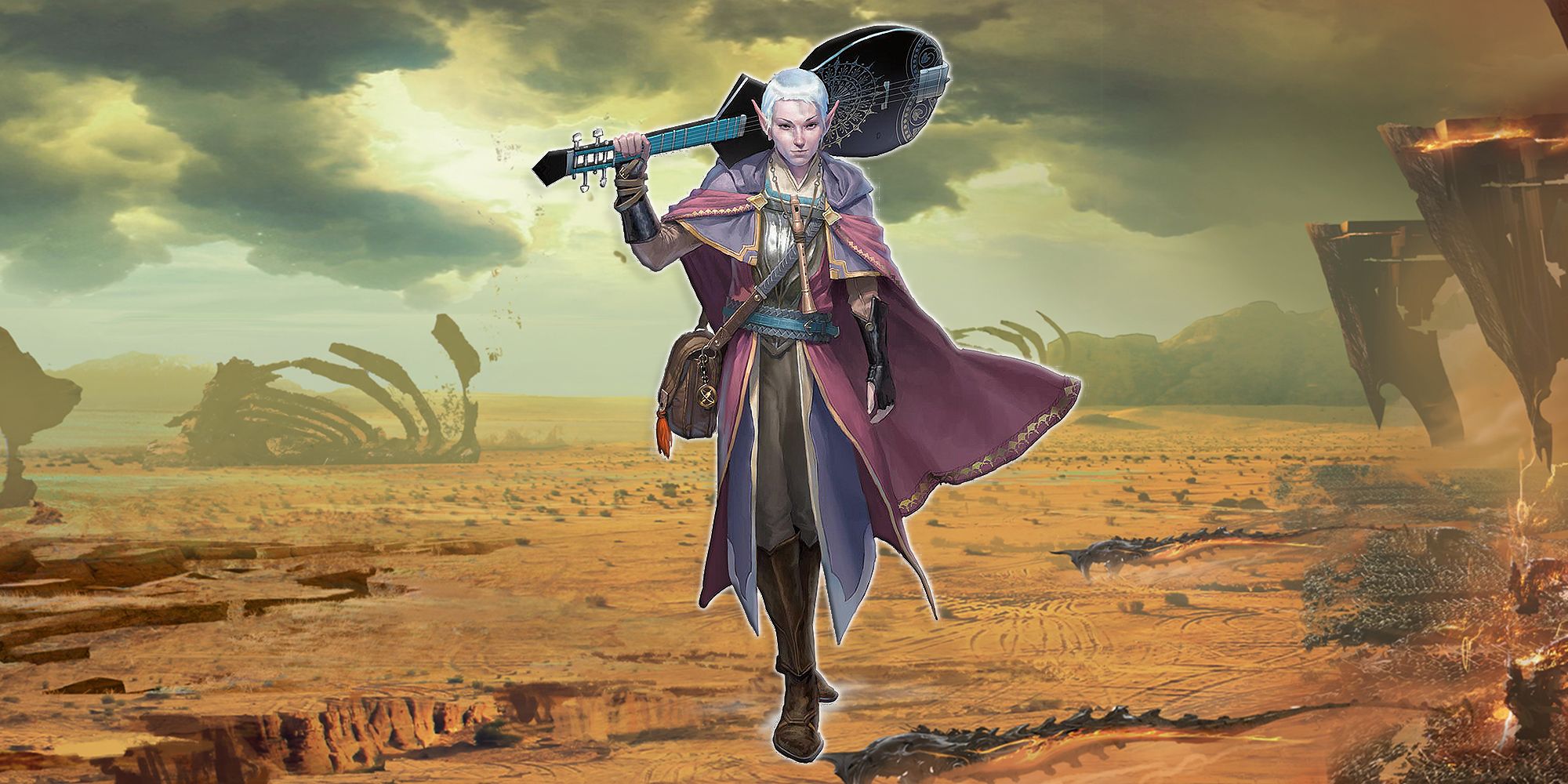There are now 12 basic classes available to players in Dungeons & Dragons, but it wasn't always that way. Starting with a mere three classes, Dungeons & Dragons has been constantly evolving to add and refine the list of available options. Doing so, especially back in the early days of Dungeons & Dragons, often involved a lot of creative energy, as well as a good sampling of history and popular fiction.
Dungeons & Dragons is a tabletop roleplaying game where players and a Dungeon Master, or DM, work together to create entertaining narrative adventures with using rulebooks and even official D&D campaign settings to create something unique and entertaining. Players choose character classes that help define their abilities, skills, and personalities. The nature of classes have changed dramatically from Dungeons & Dragons' origins, with these three classes having some of the most compelling histories.
While there are a lot to choose from, these three D&D classes offer some of the more interesting stories and sometimes stark differences from their current iterations. While Dungeons & Dragons players have been using these classes for decades, there's still a lot to learn about why and how they act the way they do. Even if most have changed, their legacies live on in some of the preconceived notions and assumptions that follow today's versions of these Dungeons & Dragons classes and how these fictional architypes more widely affect popular media.
Dungeons & Dragons Class Origins: Rogue
Originally called the Thief, Rogues were one of the first playable classes in Dungeons & Dragons, being released in 1975 as part of the Greyhawk supplement and later fully implemented in Advanced Dungeons & Dragons 1st Edition. Thieves draw obvious inspiration from J.R.R. Tolkien's The Hobbit. Bilbo in The Hobbit is called a burglar, but he's not out ransacking homes, rather using his skills for adventuring and dungeon delving.
According to Aardy DeVarque, inspiration also came from sword and sorcery novels from the time, like Fritz Leiber's Fafhrd and the Gray Mouser. Mouser is a clear representation of the modern day Dungeons & Dragons Rogue class, cementing his importance in the development of Dungeons & Dragons character class architypes. Rogues also went on to help inspire videogames and eventually an entire genre, the Roguelike.
Dungeons & Dragons Class Origins: Cleric
The Cleric is one of the original classes present in Dungeons & Dragons alongside the Fighting-Man and Magic-User. The Cleric, interestingly, is more related to vampire-hunting than simply the Christian clergy, though those inspirations are there as well. The Cleric's ability to Turn Undead comes down from the original intent of creating a character specifically designed to kill another player character, a vampire named Sir Fang and based on Christopher Lee as Dracula in the Hammer Horror films. This is based on an interview of Mike Carr by Havard's Blackmoor Blog that details the origins of the class, including it's interesting ties to Dungeons & Dragons origins as a tabletop wargame spinoff.
Since then, the Cleric has grown to involve more pseudo-historical inspiration, like weapons restrictions in D&D based on the apocryphal idea that crusading monks couldn't shed blood.
Dungeons & Dragons Class Origins: Bard
The Bard, now easily recognizable as one the few musical instrument wielding warriors running around in Dungeons & Dragons, originated from a much more intense class, a class similar in construction in a way to modern Dungeons & Dragons subclasses, with many more steps. In Advanced Dungeons & Dragons 1st Edition the Bard was a special class that had to be earned through a fairly complicated and time consuming process of levelling. First a human or half-elf had to start with very high ability scores, level up to 5th level as a Fighter, switch to Thief, level them to 5th level, and then begin the process of clerical studies under a Druid. They were more of a combined arms powerhouse than what players know as a Bard today. The historical inspiration, according to Michael J Tresca, clearly comes from many different cultures' medieval traveling singers, like Celtic Bards and Norse Skalds.
There is a lot to unpack with the history of Dungeons & Dragons, but these three classes represent some of the more interesting and varied histories that still influence character class architypes to this day. There are plenty more classes that deserve to be explored, most with their own entertaining overpowered spells to abuse DMs. Dungeons & Dragons is a fascinating game, and players and DMs of all stripes can enjoy a game that has evolved and changed for decades to become what it is today, with all its qualities and quirks.
Sources: Michael J Tresca/The Evolution of Fantasy Role-playing Games, Havard's Blackmoor Blog, Aardy DeVarque/Literary Sources of D&D




